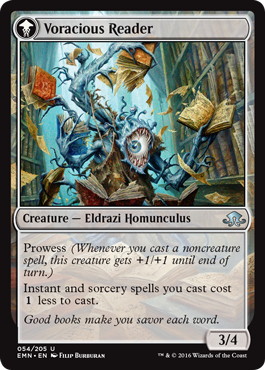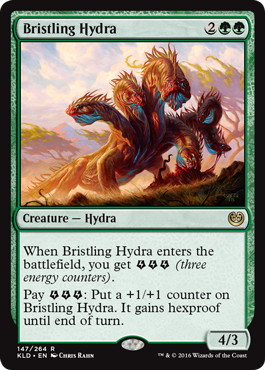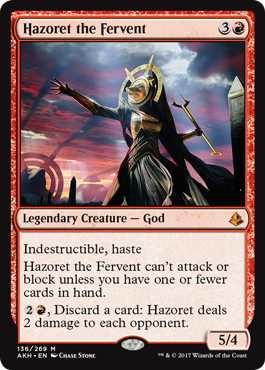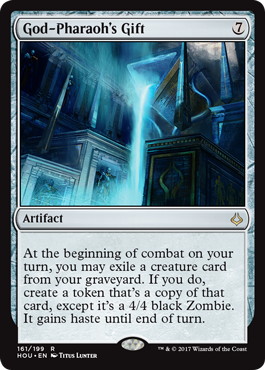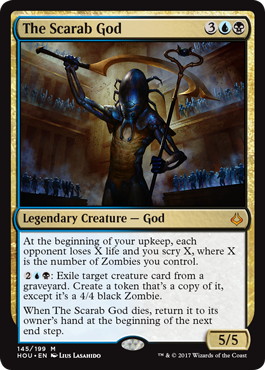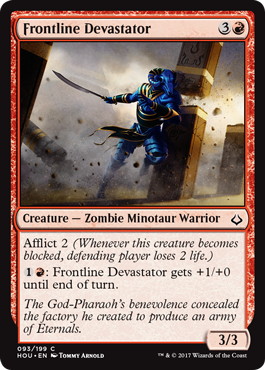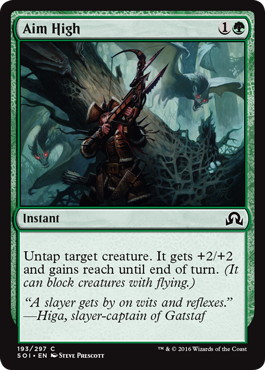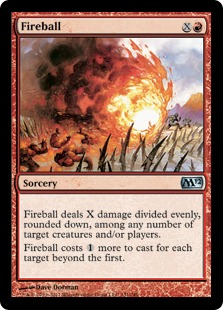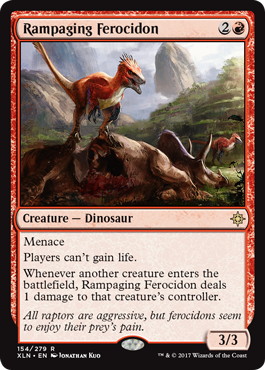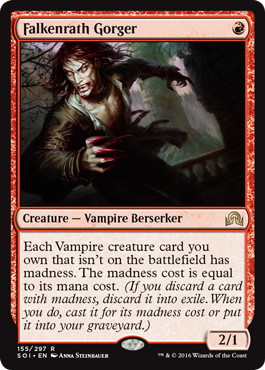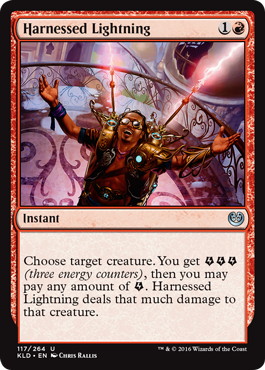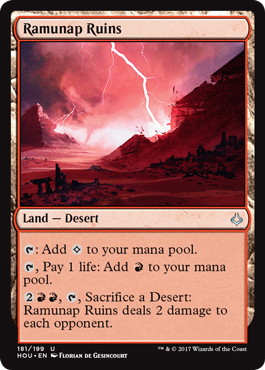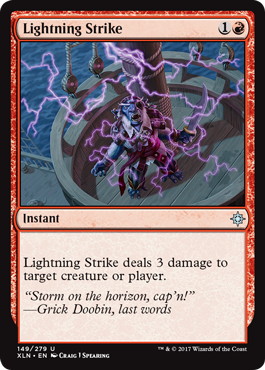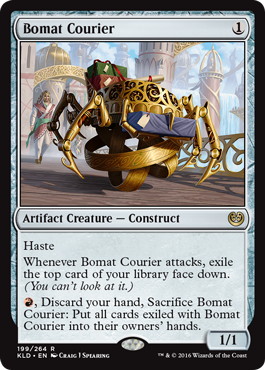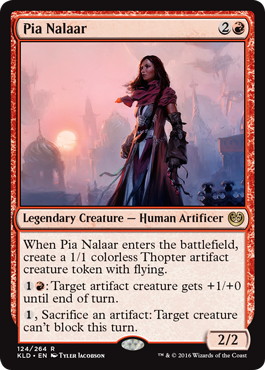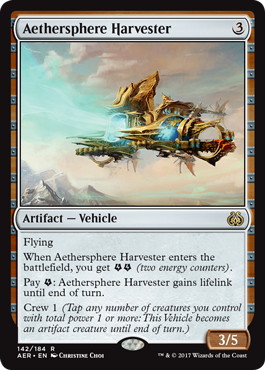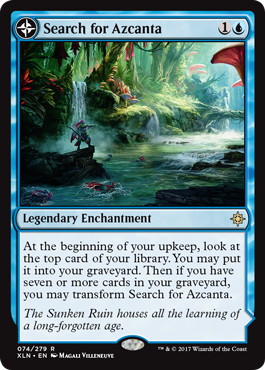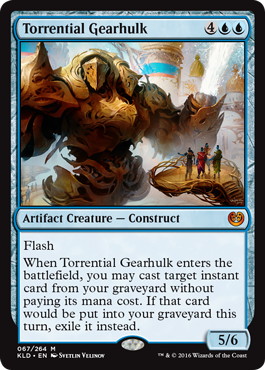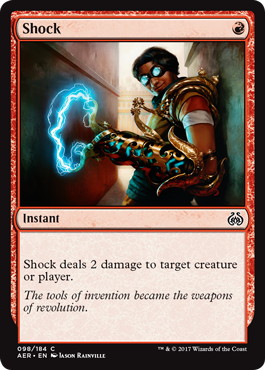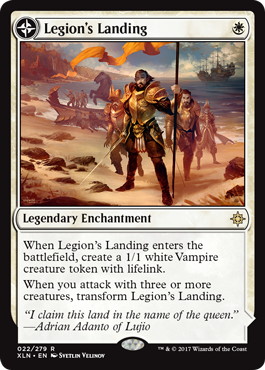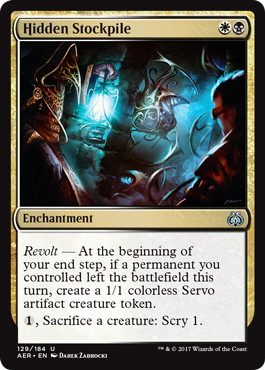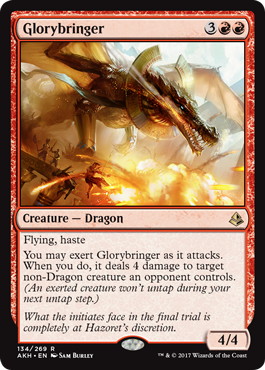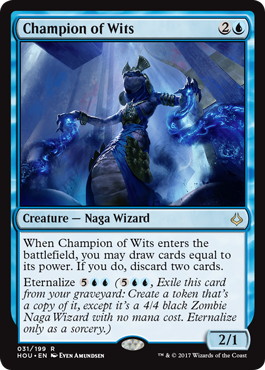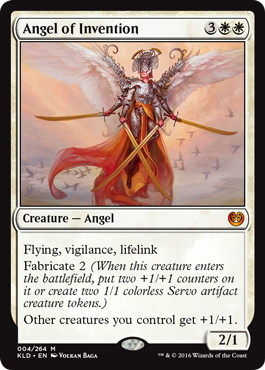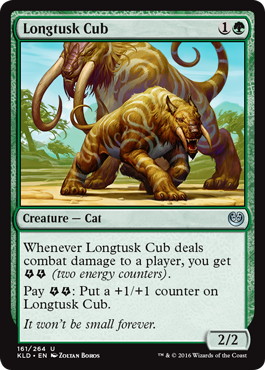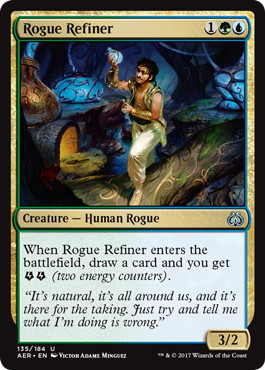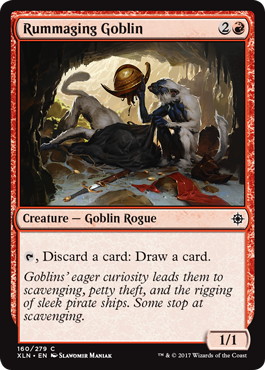– Becoming a Worlds competitor –
Last week I had the honor of playing on the 2017 World Championship, an experience I will never forget. Qualifying for Worlds was, of course, unexpected. Even though as a kid I was quite competitive, nowadays I am at heart quite a casual player. I do enjoy Commander, Cube, Chaos Draft, Vintage and every other single casual format I can think of. I just love playing the game.

Image copyright:MAGIC: THE GATHERING
After two years playing the PT as Silver Level, without knowing if I would be qualified for the next PT, 2015-2016 was a big game-changer for me. After a long season where I played A LOT of GPs, I ended up with enough pro points to become Gold. Being Gold made a huge difference because I could finally count on playing every PT.
It was, however, after Pro Tour Kaladesh, where after having a poor performance I decided that I was going to put all the work I could to become a better player. At least for a full season. That meant no only playtesting as much as I could, but also tryng to study the game in many different ways. I added to my routine the habit of reading every single article I had access too.
Also, I would re-read every one of them which I considered complex enough, just to make sure I absorbed every piece of information of it. I also started sharing drafts with some friends and teammates, to help me to improve my drafting skills, which were, at the time, quite weak.
One thing I’ve also been doing the last months is watching the best players play, at least one morning per week. Old PTs, Worlds or GP matches, it doesn’t matter. Watching the best ones playing and being able to stop the games to think about what was going on has been a great tool for me.
I like to think of all the time invested on these activities as studying time. The goal is to become a better player, but I also truly enjoy doing it, so it’s not like I’m doing something I don’t want to do. Another think that made me a better player was listening to all my teammates, whose different point of views made me understand the game much better. Having people with different insights has been pricesless for me.
Fast forward, after a year focusing full time on Magic, I ended up the season on 55 Pro points, becoming Platinum and sneaking into the 2017 World Championship. I had some lucky moments, which definitely helped me getting there, but I’m completely sure I would have not became Platinum without all the effort I put into it and all the help I got from my teammates.
If I had to put it into one bullet, the biggest improvement I made this season was just making my limited better. Both drafting and playing. While it’s probably my weakest point anyway, it doesn’t feel like carrying a dead weight anymore.
Playing a lot of Limited is key to improve your game in that format. While analyzing the game is obviously going to help, the spots you can find in limited are often so unique that experience becomes vital in order to be able to evaluate new situations.
In constructed, I feel like after you’ve played enough games it’s more about having an accurate idea of what’s going on. I think this applies both to deck selection and to in-game play.
– Pre-testing –
Whenever I have a big tournament, theres some work I always like to do before I start the actual testing for the event. I like to call it pre-testing.
For this stage, in Constructed, I just try to get a grasp on how every potential macro-archetype works. As soon as the Ixalan spoiler was out, I just started to play a lot of games with the decks I perceived as the most important ones: Temur, Monored, Gift and UB.
The goal here wasn’t trying anything new, but make sure I would have an idea on how the decks operated. Learning how to play the decks at this stage saves you a precious time for the last days before the event, since getting experience with them requires time, and there’s no substitute for that.
On Limited, I just read every card a few times to make sure I knew what everything did. Somehow, every time there is a new set I manage to lose some games because I usually assume (incorrectly) that a card does something different of what the text says.
So, the more I play before the first tournament with the new cards, the easiest it becomes for all those small disasters to happen before a tournament. If you lose a game because of 《Frontline Devastator》 being a zombie, you won’t forget its creature type.
– Preparation for worlds –
For Worlds my testing team was made up of Marcio Carvalho, Kelvin Chew, Christian Calcano, Lee Shi Tian and me. While we would eventually play against each other in the tournament, we decided that grouping together would be a better idea than to playtest on our own.
Our limited preparation will be covered by Christian in his article, but from my personal point of view I have to say that both him and Marcio taught me so much on how to draft Ixalan. Draft masters!

Image copyright:MAGIC: THE GATHERING
When Ixalan was released on Magic Online, it appeared to me that energy decks were just the best decks of the metagame. Even though that didn’t exactly lock me into them for Worlds, during the first days of testing I really thought I was very likely to run an energy deck in the tournament, but that chance was decreasing day by day.
One big reason for that was the huge level of the opponents. I’m a decent midrange player, you could even say a good one. But good felt short to me if my opponents were just the best players in the world. I thought that if I would play a mirror match against most players in the tournament, I would clearly be under 50-50.
While your winrate is obviously going to be lower against better players no matter what you do, I think the level of the opposition is something to take in account when it comes to deck selection. It’s obviously not a cool thing to interiorize that you’re going to be weaker than your average opponent, but if you do turn that information into a higher percentage of winning the whole tournament, it is OK.
The other problem, and probably the biggest one that energy decks presented to me was to choose which version to run. There were a lot of big questions whose answer would determine if the version would be good or relatively bad compared to the field.
《The Scarab God》, for example, is one of the best cards in Standard and it felt to me like a “Must-play”, especially because of how good it was in the mirror match. What happened, though, is that the other Temur players were so much prepared against them that it got to a point where it was just better to run just 3-color Temur.
Even the best deckbuilders in the world sometimes make the wrong choice in metagame calls like this, and I didn’t feel very comfortable with taking either direction, because I knew taking the wrong path would be a disaster. As we were getting closer to the tournament, I just was seeing myself playing red more and more.
I think I have a good grasp on how the deck works, and I thought that would protect me a lot against the best players. Sure, maybe I wouldn’t be the favorite, but I wouldn’t lose 10% of match equity solely because of playskill difference.
Ah, I guess I’m just another Red Mage.
The last days of Constructed preparation I was just playing games to make sure we had a plan for every matchup. I am a big fan of playing stock lists, because they’re often stock lists for a reason, and this time I definitely didn’t want to do anything fancy with monored. We tried playing more 1-drops and we didn’t like them at all, so we just stuck with normal Ramunap Red.
The only non-obvious card we played was “《Rampaging Ferocidon》” in the sideboard. The main reason to run that card was 《Authority of the Consuls》, which is likely the best card against Ramunap Red and one you can’t really do much about. We also thought that if anyone showed up with tokens we would have a very bad matchup without drawing the Ferocidon.
So, basically, it was a great anti-white card. I didn’t like the raptors in the first beginning, but lacking any better idea, we just ran the full playset as in some testing games it seemed decent against Temur. Worlds had 0 white cards in the whole field, yay!
I didn’t think Ramunap Red would be a great deck for the metagame, but at least expected it to be OK. We expected a sea of energy decks, a few control decks to prey on them and some monoreds to round it up. The metagame wasn’t exactly as we pictured it, and the worst thing for us was the control players having a deck that was actually ok against our deck.
I don’t think it’s a bad matchup either, but this is where monored really misses 《Falkenrath Gorger》. There were also more mirrors than we expected, which made our choice of playing 4 《Abrade》 less awkward than what we initially thought.
Ramunap Red
From my point of view, Ramunap Red operates in three different axis: tempo, Hazoret and reach.
Tempo
Ramunap Red is a very good tempo deck, especially on the play. Since your creatures usually cost equal or less than the interaction available in the metagame, you’re just often profiting mana by just jamming them every turn.
There are two notable exceptions to that. As I said, you rely on your threats being cheaper than their answers. When that’s not the case, it’s often better to look for another line so we don’t line expensive threats against their cheap answers.
The other way to improve your tempo is to choose not to play a threat so they waste the mana they wanted to use as an answer. This kind of play is particularly useful to protect cards like 《Ahn-Crop Crasher》 against spells like 《Harnessed Lightning》. Since Crasher is our best tempo card it’s a good idea to sequence around it.
《Hazoret the Fervent》
《Hazoret the Fervent》 is just the best card in the deck and definitely in contention for the best card in Standard. It’s also the reason to play this deck. What Hazoret does is being a plan by herself. When we have a Hazoret in hand, we just have to try to attack with her as soon as possible.
She is sometimes tricky to played, though. If we have the board under control, one Hazoret hit will often be enough to put the game out of reach for your opponent, but if they are on commanding position, the way we play this God is often going to determine the outcome of the game. It always depends on the board, of course, but even under pressure, two Hazoret hits is often enough to finish the game.
So, even when you are losing, it is often a good Idea to send her in at least once, just to leave her on defense after that point. The reason for that is most of your blocks with non-Hazoret are just chump-blocks, so once you leave Hazoret to block, it is likely that you won’t be able to attack with her again. In that situations you really need a plan to win the game, but luckily our favorite God has an activated ability too!
Reach
The last way Ramunap Red wins games is by reach. This deck has a lot of reach. Not only it plays burns spells and a lot of haste creatures, but up to 8 of our lands are able to damage our opponents directly. This translates into a deck that’s very good at dealing the last point of damage.
The problem with this is, since our opponents will know that as well, they will try to preserve their life total. Ramunap Red is surprisingly effective at grinding. The reason why it is so good compared to traditional aggro decks is the large amount of mana sinks the deck has.
Basically, it is very rare for this deck to have a card draw in any spot of the game that’s not going to turn into some damage. This is a very important factor postboard, when our opponents are more likely to have answers, and therefore games are more likely to go long.
I think Ramunap Red has a decent matchup against most decks postboard because even while they are full of good answers, they are still going to lose some games to manaflood where red is going to have some effects going on.
The big problem with playing this deck is that the different gameplans to be followed often conflict directly with the others. If we pass the turn to blank an 《Essence Scatter》, we are making our Hazoret unlikely to attack for one extra turn.
If we choose take a creature trade to try to win the late game, we are making our aggresive cards worse. And so goes on. That’s the beauty of it, and I think it’s very important to decide which kind of game we want to play.
The best cards to switch gears are 《Earthshaker Khenra》 and 《Lightning Strike》, since they fit in every plan in the deck, and when in doubt, it’s often right to choose to play those cards first so we have more information about how to use the others.
– Sideboarding –
As many players, I’m not a huge fan of sideboard guides, since good sideboarding is really fluid and takes in account a lot of factors. Well, that’s even more true with monored, where you just want to sideboard against the answers they might present. Instead of giving a sideboard guide, I will talk about what cards I like and dislike in the different matchups.
VS.Mirror
Like
Dislike
I think 《Pia Nalaar》 is the best card in the mirror match. Harvester’s been underwhelming for me, but if they don’t have an answer it will be huge, so I still think it’s a decent sideboard option.
VS.Control
Like
Dislike
Against control you basically want most of your removal out. If your opponent is on 《Gifted Aetherborn》, then 《Lightning Strike》 becomes better. If you cut the strikes, 《Soul-Scar Mage》 becomes even worse. Playing a 1-drop is great, but when it’s close to a vanilla 1/2 for 1 it becomes less appealing.
VS.Tokens
Like
Dislike
Tokens are very good at handling our threats, so basically we want to take a controllish approach with 《Glorybringer》 and 《Chandra, Torch of Defiance》. It is clearly a bad matchup, but planeswakers are great against 《Fumigate》.
VS.《God-Pharaoh's Gift》
Like
Dislike
I don’t like the 4th copy of Hazoret against decks where she’s not great and can be ignored. Here we are clearly the aggressor, but beware of their fast draws. The ideal situation is applying pressure while holding 《Abrade》, but often you’re going to face the decision of presenting a better clock or just hold 《Abrade》 against their 《God-Pharaoh's Gift》. Choose wisely!
VS.Temur
It depends. It really does!
I don’t like 《Ahn-Crop Crasher》 on the draw, but other that it’s just about trying to have the right threats. If they have 《Essence Scatter》 or 《Chandra's Defeat》, 《Glorybringer》 is very bad, but it is good if they play black and 《The Scarab God》. 《Chandra, Torch of Defiance》 is the best card against 《Essence Scatter》. If they play a lot of 《Confiscation Coup》 along with the 《Essence Scatter》 you can consider cutting a Hazoret.
《Abrade》 is great against 《Aethersphere Harvester》 but quite weak otherwise. In the World Championship, we were playing with our opponent’s decklists, so sideboarding was easier than it would be in other tournaments.
What I’d try is just to focus on the details to figure out what they could have in sideboard. For example, if they play a few 《Magma Spray》, they are less likely to have a lot of 《Chandra's Defeat》 in their sideboard.
– 2017 World Championship –
The tournament itself was the best tournament I’ve ever played, by far. I love the Pro Tours, but this was even better. Wizard’s setup for this tournament was great and it really made me feel like a guest.
I loved playing with lists. Having that extra information in both sides made the games, in my opinion, more interesting. Also, since we would have the decklists, we didn’t even have to worry about what the others were playing. Therefore, the only thing we had to do between rounds was just relaxing. I wish we could have that on the Pro Tour as well.
My first draft was U-B Pirates where I just got very lucky with the packs, since I ended with a great deck with some rares on top. I ended 2-1 after losing the third round to Huey in a match where I just could have played better.
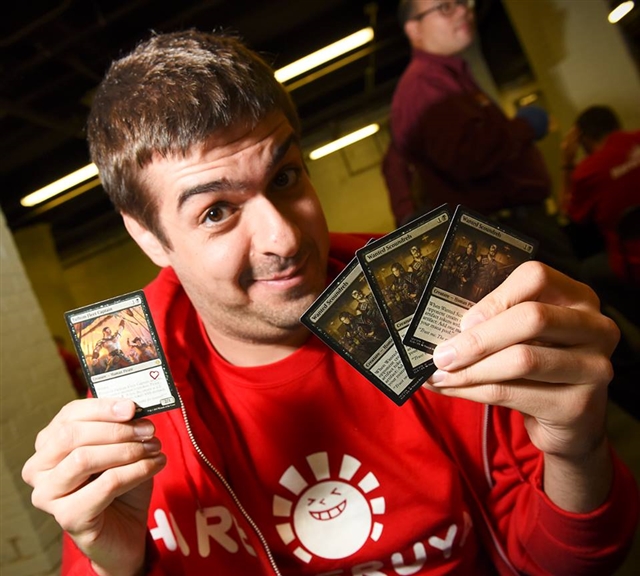
Image copyright:MAGIC: THE GATHERING
After some bad combat steps I ended losing a game although I think I had the tools to win. Pressure took a hit on me, but I extracted from that particular game a valuable lesson: I needed to stay more relaxed if I wanted to do well in the tournament.
Second Draft went worse, but I still ended with a decent B/R deck with a bunch of removals. I went 1-2, losing to Calcano in what probably was the funniest match of the weekend for me. I think I misbuilt that deck since I submitted an aggresive deck, but deck felt much better when I sideboarded into a more midrangy deck with 《Rummaging Goblin》. Go goblin!
Constructed is where I got really lucky in this tournament. In day one I went 2-2 where most games I played either me or they were screwed or flooded. Day 2, after the second draft, I needed to a 4-0 to have a chance to top4, and I got there. It felt really nice to finally get a good run in the late stage of a 3-day event.
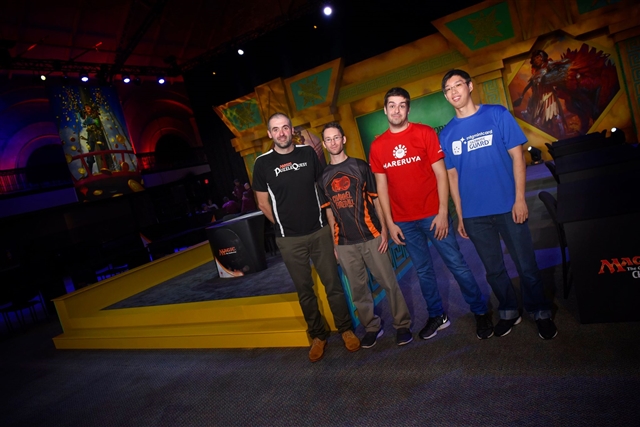
Image copyright:MAGIC: THE GATHERING
During these last four rounds cards just went my way. While I was really nervous when I played my win and in against Huey, Hazoret delivered and they were the kind of games where you don’t really need to take many decisions.
On the top4 I just had much better draws than Utter-Leyton and on the finals it just felt like Temur outpowered my deck, which happens very often. Your best bet there is usually hope that they make a mistake, but those are just very rare when you play against the best. It is very hard to navigate through games like that when your opponent is one of the best players in the world.

Image copyright:MAGIC: THE GATHERING
Overall, while I think I could have played better in some spots during the tournament, I’m happy with how I played the whole weekend. I also learnt a lot at this tournament, and I feel like there’s still significant room for improvement.
– Going Forward –
Going forward, I think Ramunap Red is still going to be an important part of the metagame, since it just preys on decks that try to go over the top against energy decks. It is bad if people are trying to beat it, but cards that are good against monored on game 1 are often very bad against the rest of the field.
I don’t think Ramunap Red is in a great position in the current metagame, since it doesn’t have any great matchups among the most played decks, but it has a lot of slightly unfavored ones.
However, if decks like Gift of the God-Pharaoh show up to beat decks like Temur, I can see Ramunap Red being in good shape. If you decide to play monored, having an accurate idea of what interaction spells people will play against you is going to be critical.
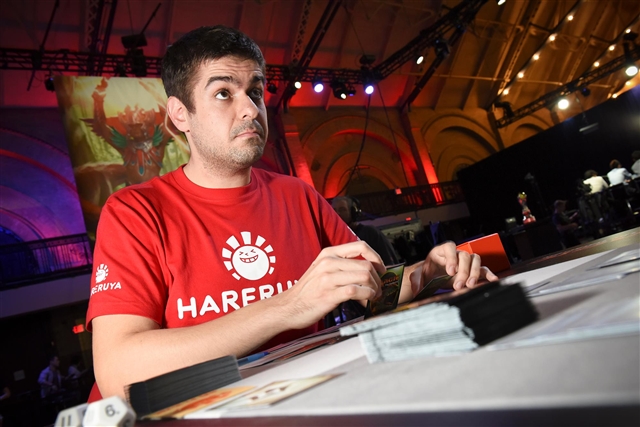
Image copyright:MAGIC: THE GATHERING
As for myself, now I have a clear goal for my season: I want to qualify to the World Championship again. It’s just the best tournament with the best players.
Thanks for reading!Javier Dominguez
Recommended Items
Share in Twitter
Share in Facebook
He is the representative player of Spain. Grand Prix Top 8 is six times, including won the Grand Prix Paris 2014 and Grand Prix Rotterdam 2016 winning victories. At the Pro Tour level, he has brilliant achievement such as winning the 9th place in Pro tour: Battle of Zendikar and Pro Tour: Hour of Devastation.
In the World Magic Cup 2016, he was the captain of the Spanish delegation.



